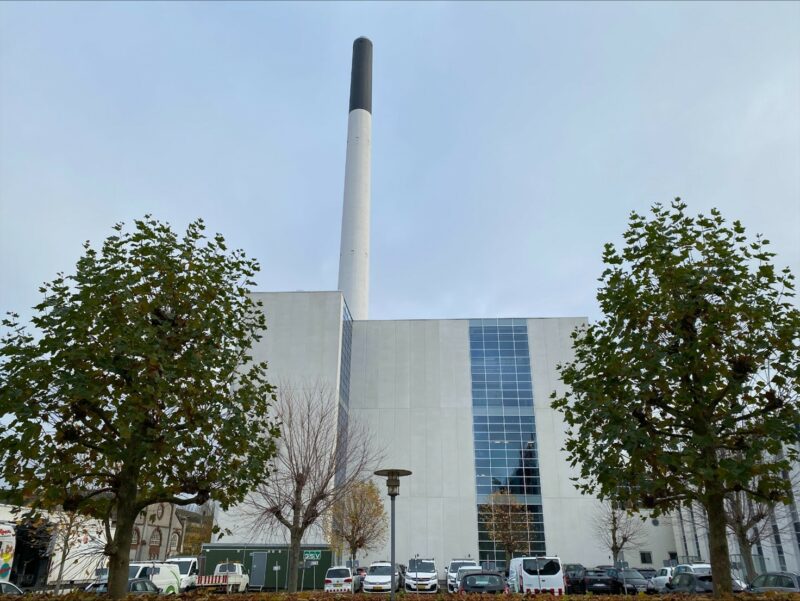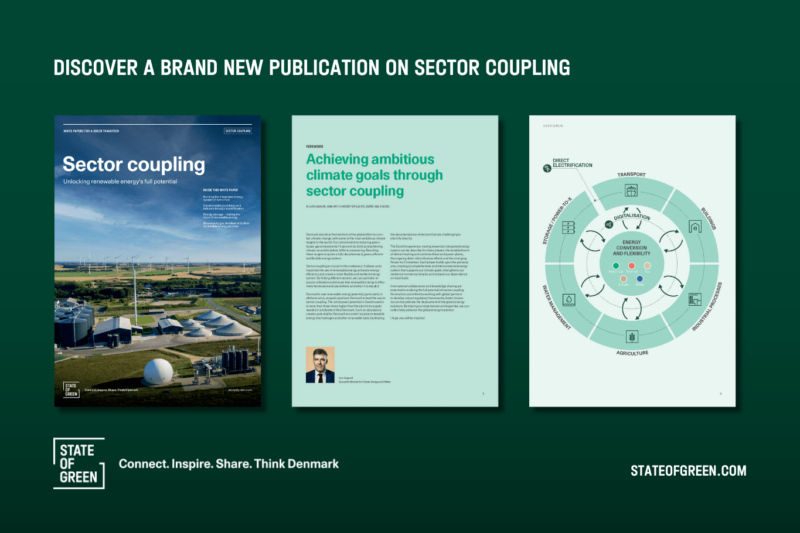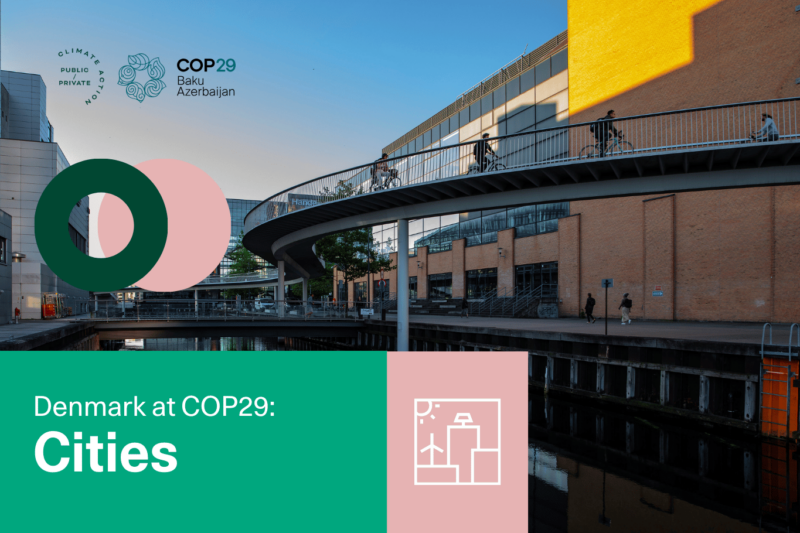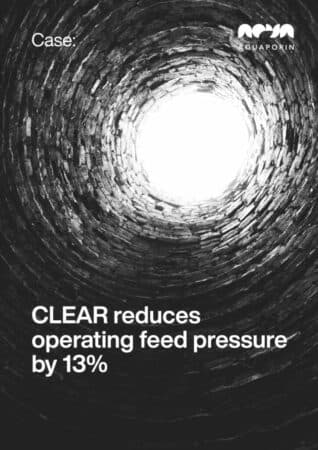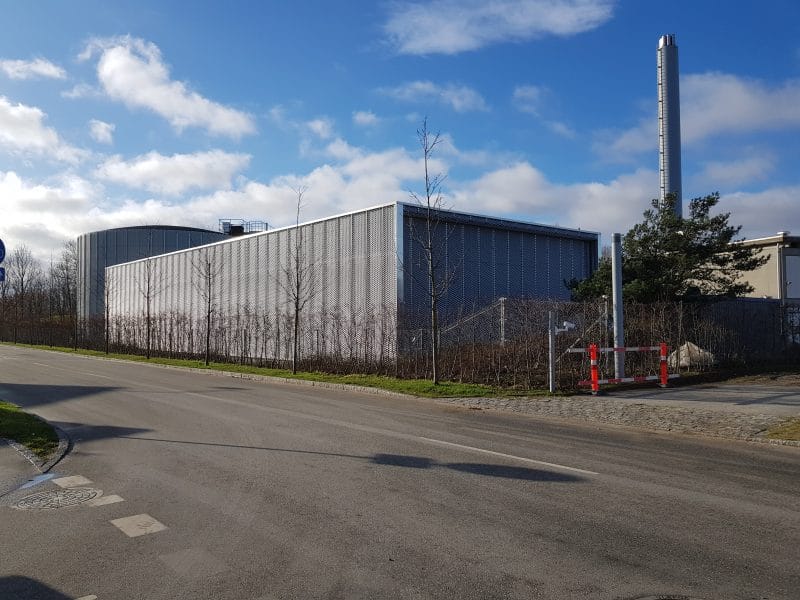Perspective
Groundwater management
Water management
Water supply
Sustainable utilisation of groundwater
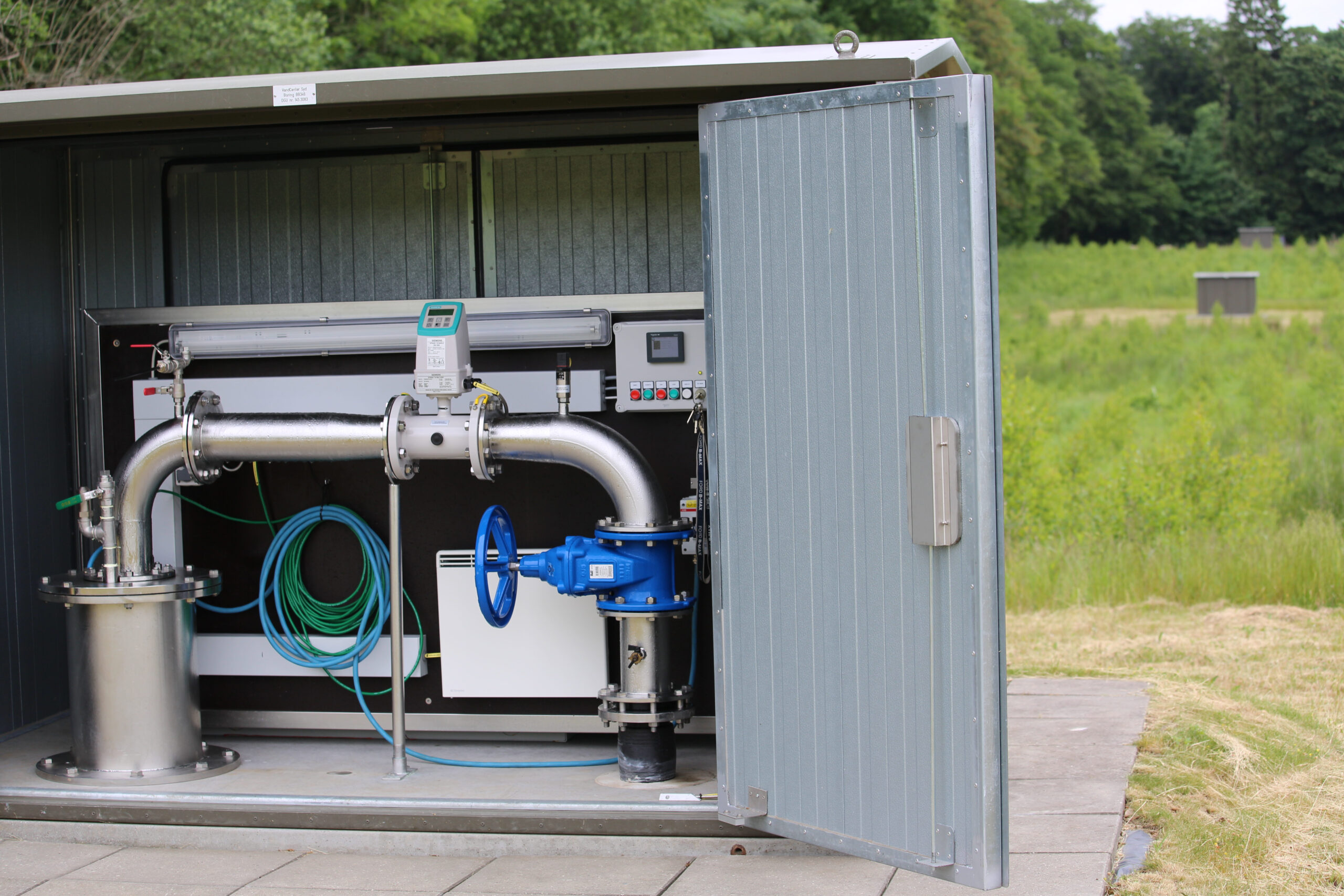

Proper groundwater protection requires knowledge on the formation of groundwater. An important tool to estimate the catchment areas of the wells is groundwater modelling. Modelling can be used to provide information for optimised groundwater protection and can be used in the planning of groundwater abstraction. Furthermore, modelling can help estimate the quantities that can be abstracted sustainably from an aquifer, hereby eliminating the risk of over-abstraction with possible lasting, detrimental effects. When addressing the establishment of an actual well field however, more processes are involved.
Optimised abstraction and well field management
The production of groundwater is – from a hydraulic point of view – the most complicated part of managing groundwater supply. Natural processes such as groundwater flow in the aquifers must interact with technical installations such as wells, pumps, pipes, and valves. The interaction between all these elements and how they influence each other can be rather complicated when dealing with larger wells. Many Danish utilities use the Danish developed Well Field Model, which takes all these aspects in consideration, and use the model to plan the abstraction from the reservoir with considerations of groundwater reservoir preservation, acceptable water quality and optimisation of energy consumption. Furthermore, the Well Field Model is an excellent tool for planning a reconstruction or design of a new well field. The operation of a well field is controlled by a SCADA system, for which the model provides the necessary analysis for determining the set points. Abstraction of groundwater is customarily based on speed regulated pumps, operated by SCADA supervision and control. The control includes monitoring online data from borehole water level sensors and flow meters. The SCADA monitoring and data collection is further used in reporting compliance in regard to abstraction permits to the authorities.
Groundwater supply conservation measures
In Denmark, conservation strategies have been put in place to reduce the demand for water. Benchmarking measures performed based on major water utilities in Denmark show that domestic consumption is as low as 101 litres per person per day. A combination of education on conservation and increased environmental awareness as well as an increase in water prices have been highly efficient tools, paving the way for a reduction in water consumption. Household metering is mandatory, and now more than half of the meters installed are ‘smart meters’, enabling remote meter reading whilst also contributing to the utilities’ supervision of potential water loss in the distribution network. Equally, another closely related aspect of sustainable groundwater abstraction is the minimisation of water loss in the distribution network supplying water to the consumer. In Denmark, the national Non-Revenue Water is as low as 6.5 per cent. This has been achieved by efficient asset management of the distribution network, planned rehabilitation has been conducted and District Metered Areas widely introduced. This has also enabled advanced pressure management of the network, hereby avoiding pressure-introduced leakages as well as resulting in energy savings. A sustainable use of groundwater requires a number of coordinated activities within the fields of hydrogeology, well field implementation, abstraction methodology, monitoring good utility management and continued emphasis on minimising water loss.
You should consider reading
solutions
Climate change adaptation
+4
WATER CONSERVATION IN AFRICA
4 November 2024Perspective
Sector coupling
+9

